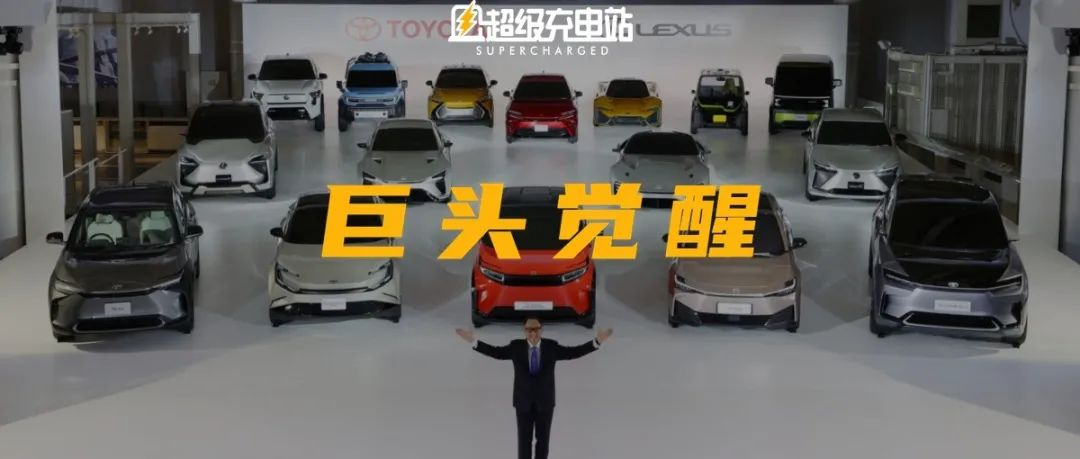Imagine a grand launch event where the manufacturer’s CEO showcases over ten brand new pure electric vehicles. The last time we saw this scene was probably at the Evergrande Auto booth of this year’s Shanghai Auto Show.
Today, this magical scene reappears. However, the protagonist is no longer the real estate giant shrouded in suspicion, but the Japanese giant known for its “stability” and “conservatism” – Toyota.
Oops…wrong picture, let’s get back to the point.
On December 14th, Toyota’s boss Akio Toyoda announced a stunning electrification strategy at a media briefing.
From now until 2030, Toyota will invest 2 trillion yen (17.6 billion US dollars) in battery technology research and development.
By 2030, Toyota will launch a total of 30 pure electric vehicles, aiming to achieve global sales of 3.5 million electric vehicles in that year.
Lexus will transform into a pure electric vehicle brand, starting in 2030, and will only develop pure electric vehicles. The goal is to achieve annual sales of one million electric vehicles in China, North America, and Europe. By 2035, 100% of all new Lexus vehicles will be electric.
The news sparked controversy and discussion on Chinese social media, as Japanese brands such as Toyota have been slow to respond to the trend of electric vehicle development. Akio Toyoda himself has been criticized for his sceptical remarks on electric vehicles in the past.At one point, there were comments like “The last fortress of gasoline cars has collapsed” and “Toyota has finally surrendered” appearing in the comments section of relevant news.
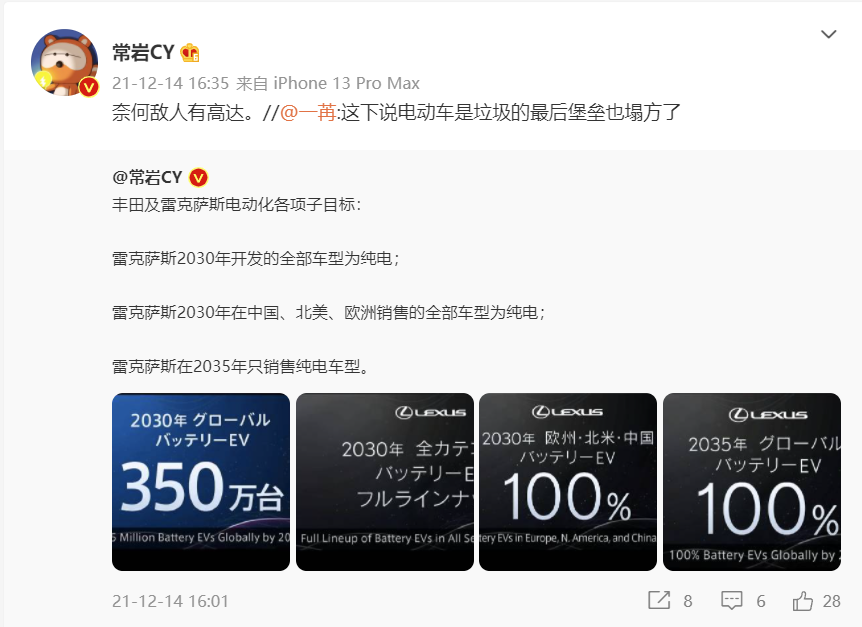
But to be fair, Toyota never said they wouldn’t make electric cars.
As early as this year’s Shanghai Auto Show, Toyota launched the bZ (Beyond Zero, meaning zero emissions) pure electric brand globally and showcased the e-TNGA pure electric architecture, announcing that the bZ series of pure electric cars will be built based on this platform.
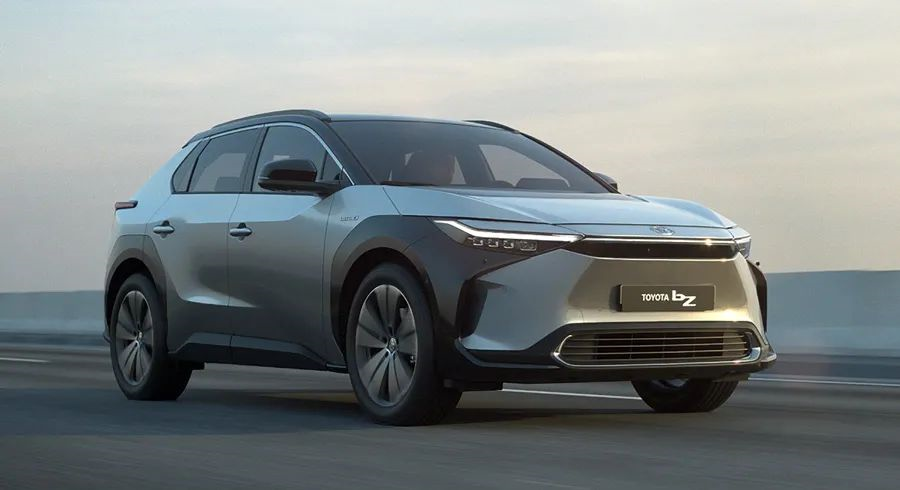
In November, the first mass-produced model of the bZ brand, the Toyota bZ4X, a new pure electric SUV, was officially unveiled. Regarding this car, the article “Toyota bZ4X Unveiled: The Japanese Big Brother is Finally Serious” previously published by 42HOW has provided a detailed introduction to its core highlights, including:
Developed on a purely electric platform, no longer “oil-to-electric”, achieving “rear passenger space comparable to that of a D-class sedan”.
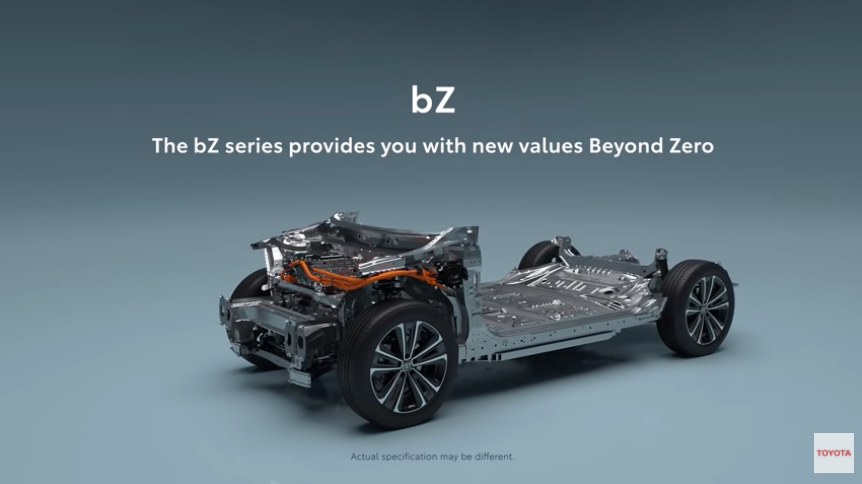
Using the One Motion Grip line control steering system and equipped with an asymmetric steering wheel similar to that of the Tesla Model S Plaid.
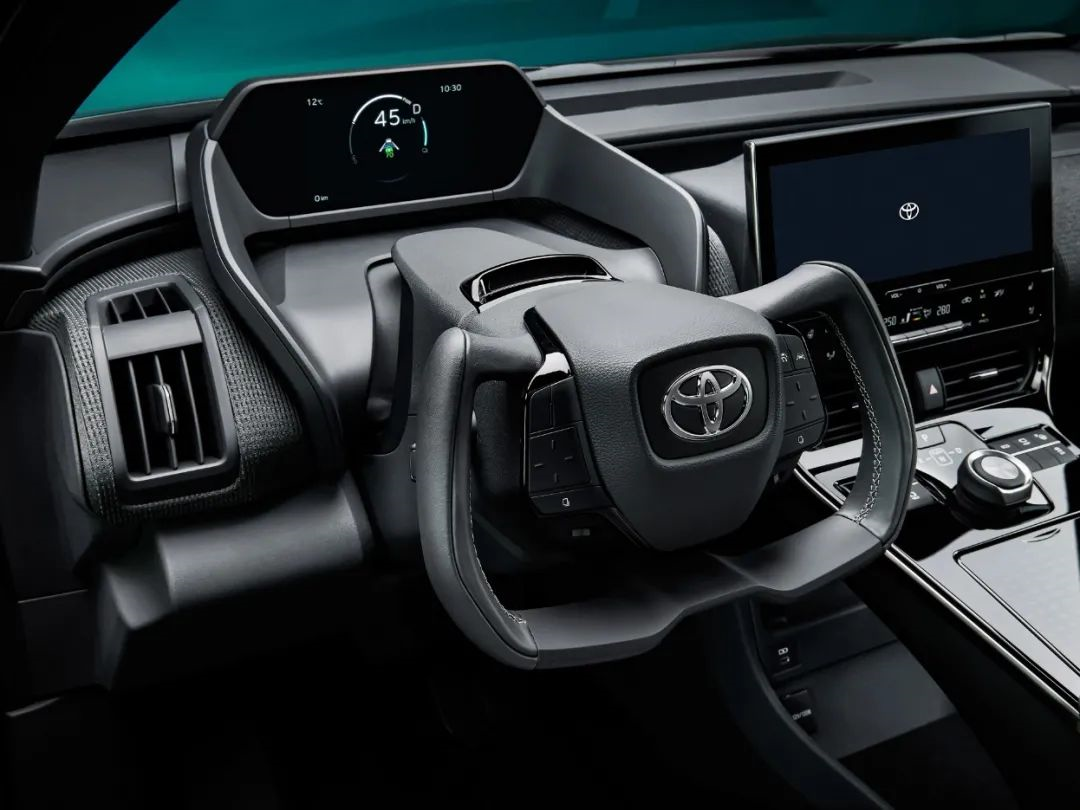
Equipped with a 71.4 kWh lithium-ion battery, although the maximum WLTC operating range is 500 km, Toyota promises that after 10 years or 240,000 km of driving, the battery capacity will still be maintained at 90%.
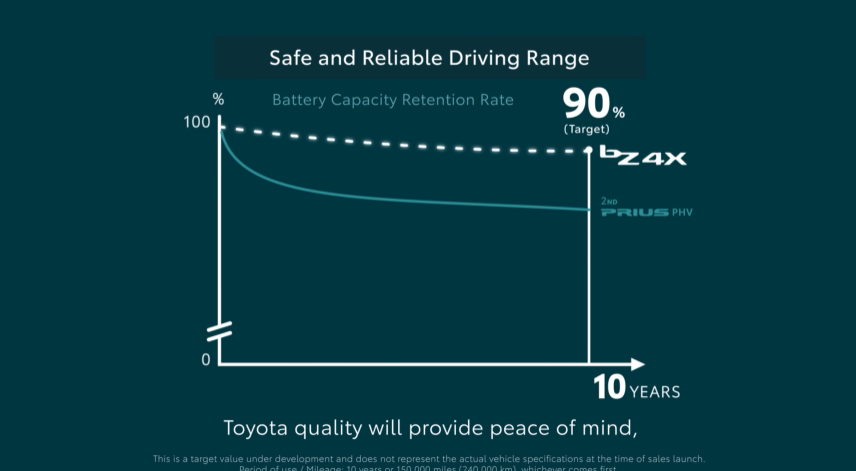
It is reported that the Toyota bZ4X is planned to be produced in China and Japan, and is expected to be launched in mid-2022. At the same time, Toyota plans to launch seven bZ series electric vehicles, including sedans, MPVs, and crossovers, before 2025.
So at today’s press conference, in addition to the bZ4X, we saw four new bZ series electric concept cars.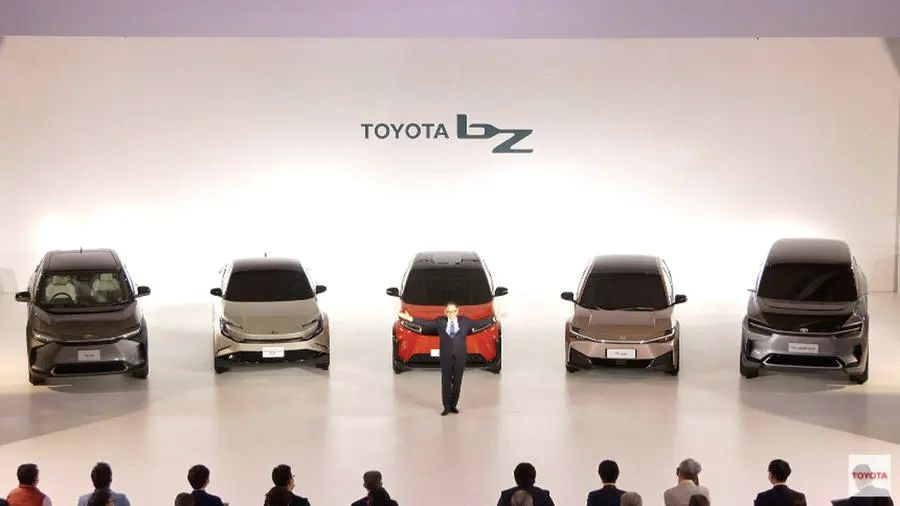
Akio Toyoda stated that the bZ series of electric vehicles will “cover more segmented markets at a reasonable price.”
In addition to the bZ4X, four more concept cars will be released: a compact SUV, a small crossover, a large SUV, and a midsize all-electric sedan, which appears to compete against the Tesla Model 3.
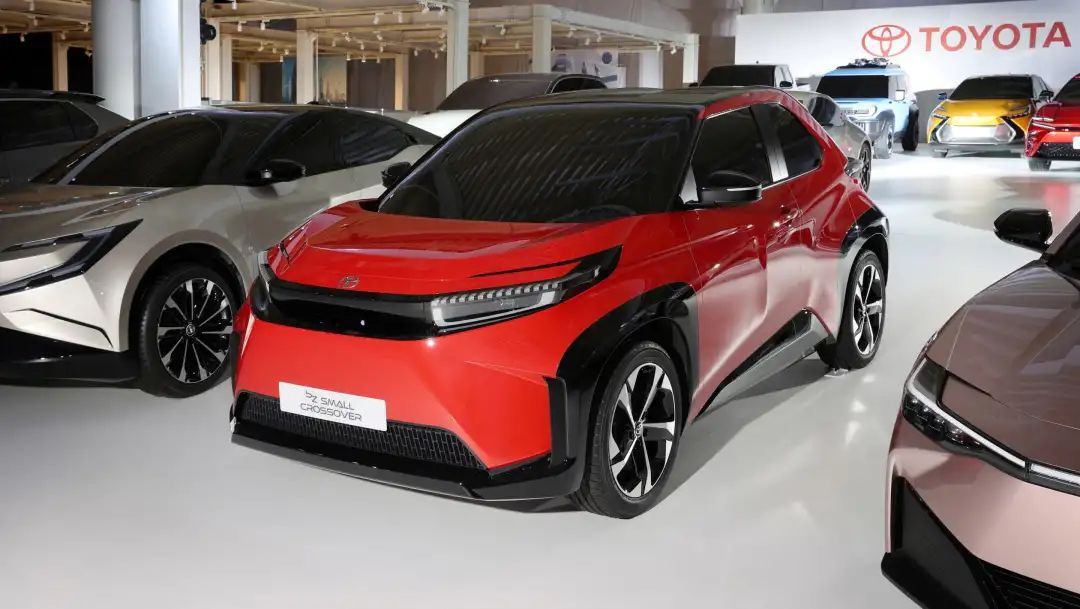
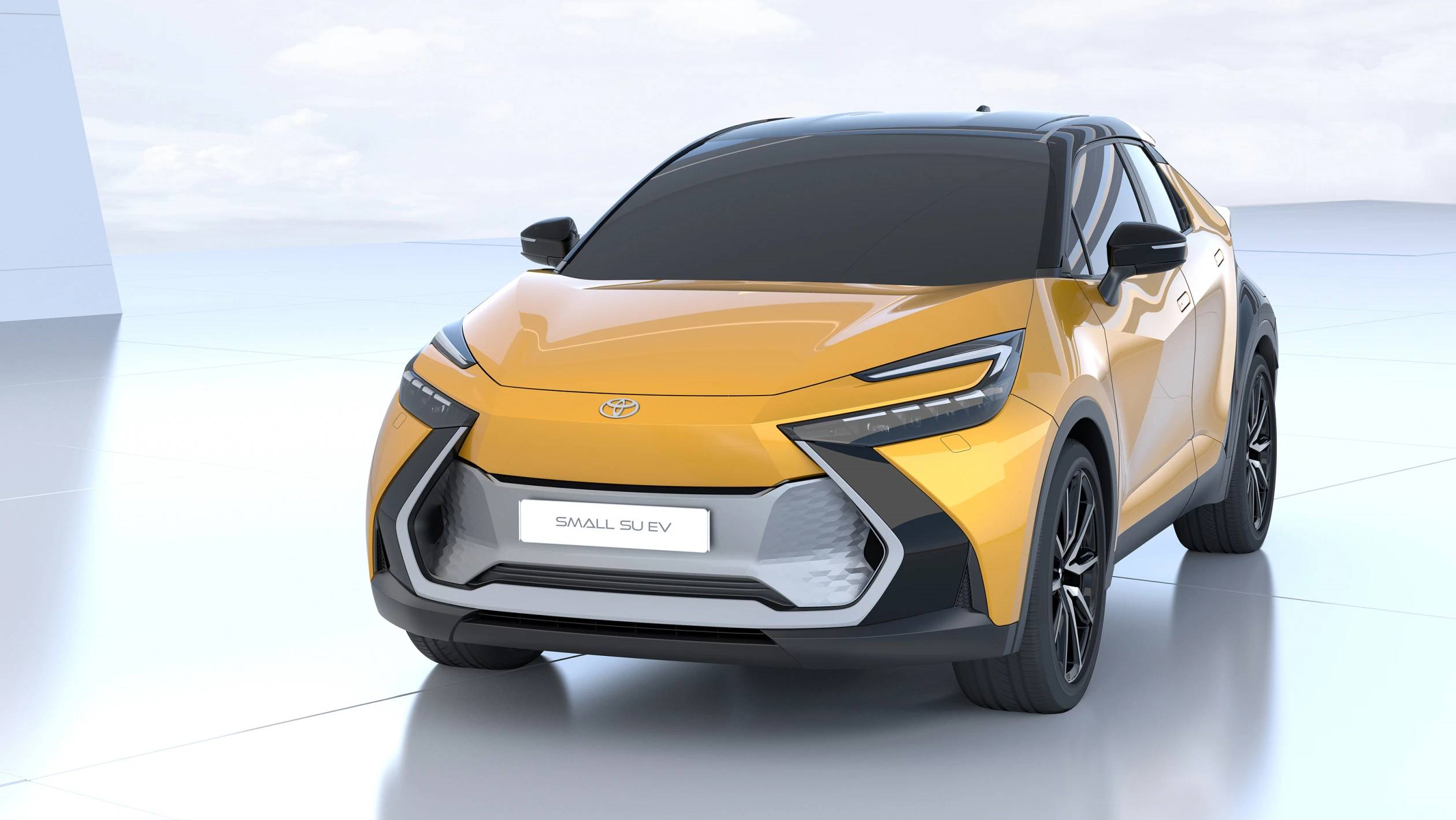
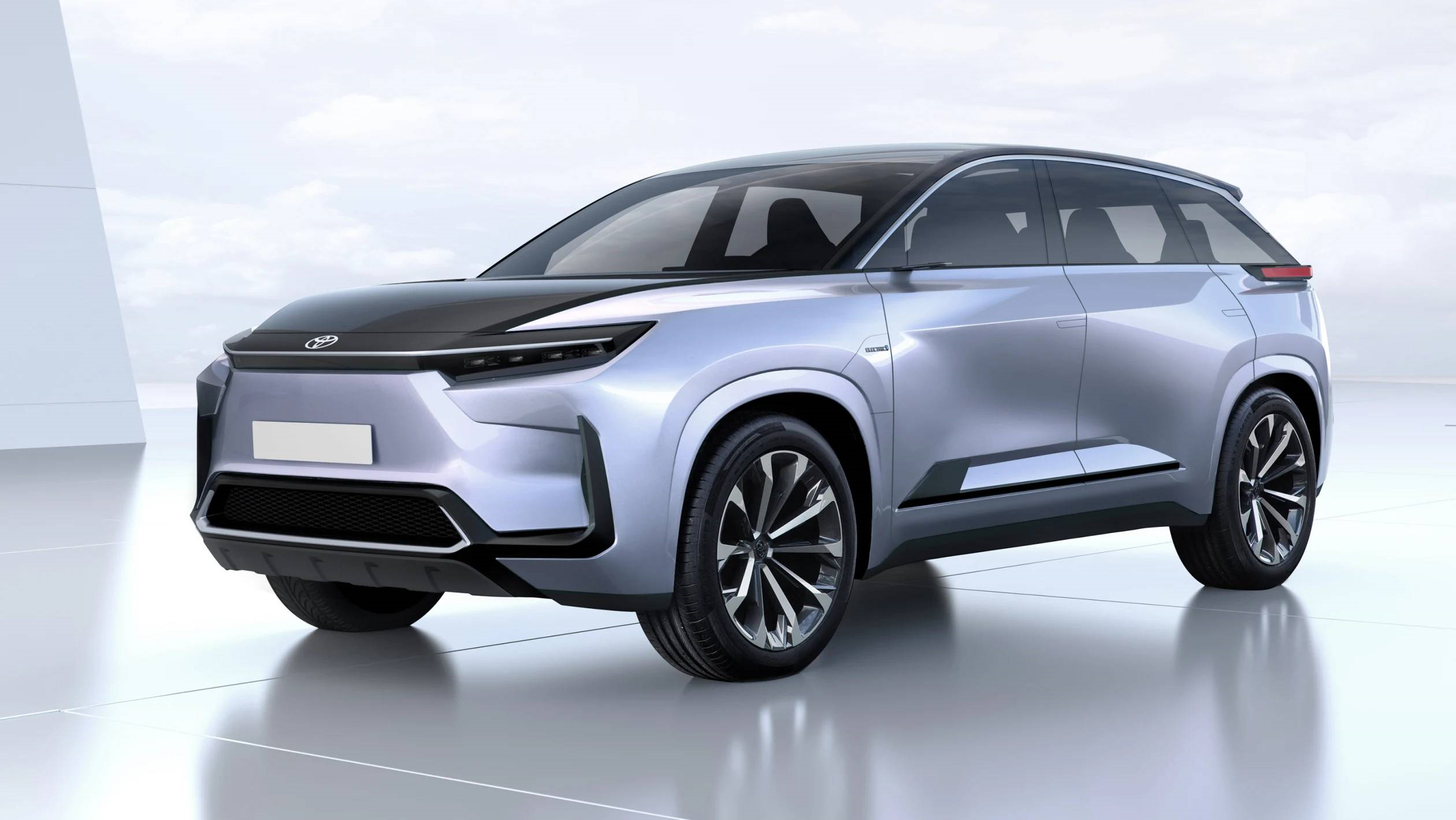
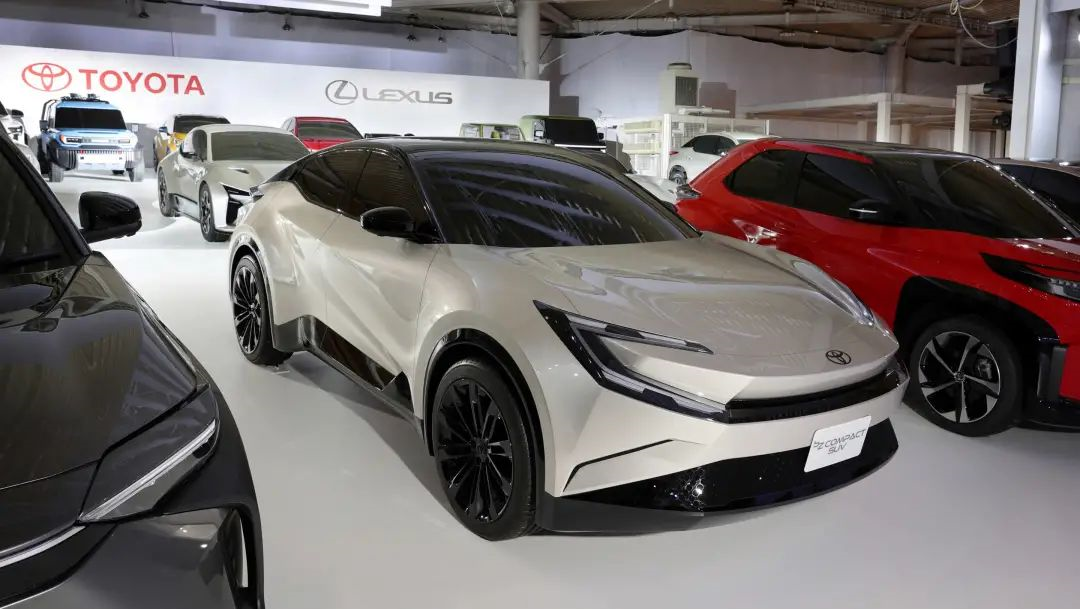
“Moreover, the most exciting of all is the all-electric Lexus,” he added.
In addition to the two bZ-based all-electric SUVs and an all-electric sedan, which are believed to be based on the traditional Toyota “rebadging” approach, the most eye-catching new model could be this all-electric “supercar”:
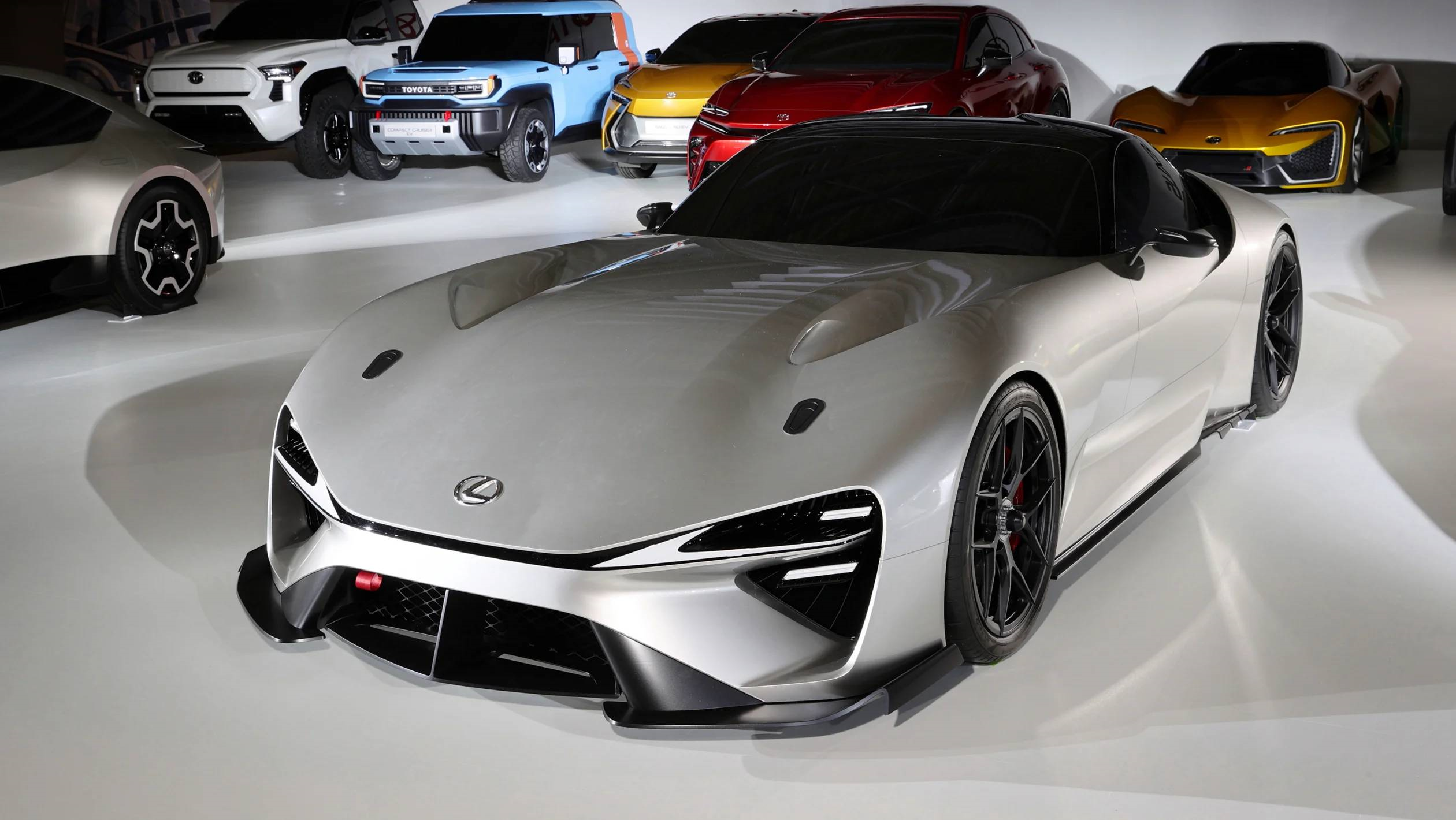
Toyota claimed that this electric Lexus will be the “spiritual successor to the LF-A,” with a 0-100 km/h acceleration of less than two seconds, the most advanced solid-state battery technology, and a range of over 700 km.
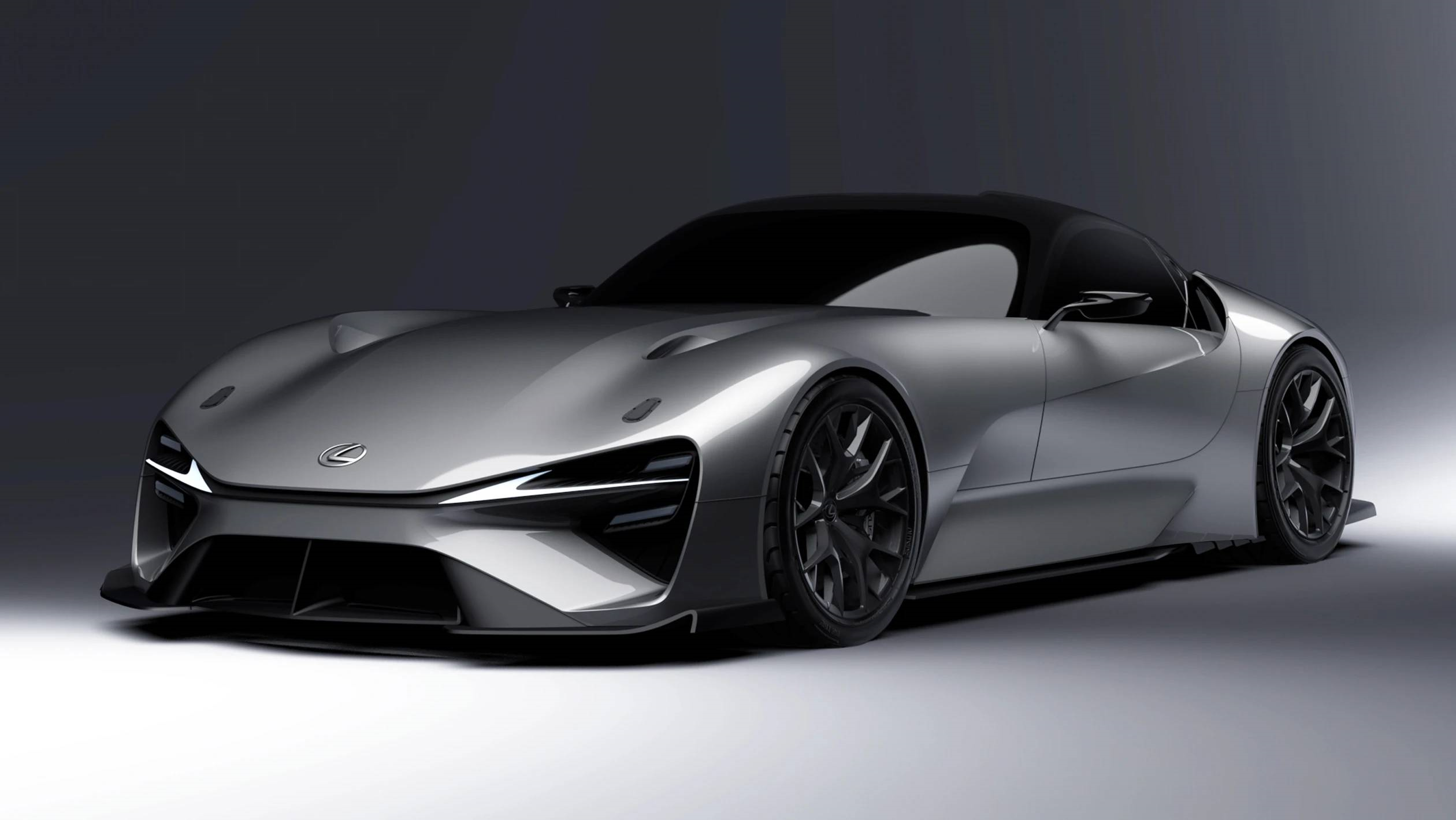
Finally, our attention is drawn to the last row of cars in that “sea of vehicles” image at the beginning, which showcases the “diversified Toyota electric vehicles.”
Among them are a small all-electric SUV that looks a lot like the Toyota CH-R, and the rugged all-electric Compact Cruiser EV that features classic FJ Cruiser design elements.
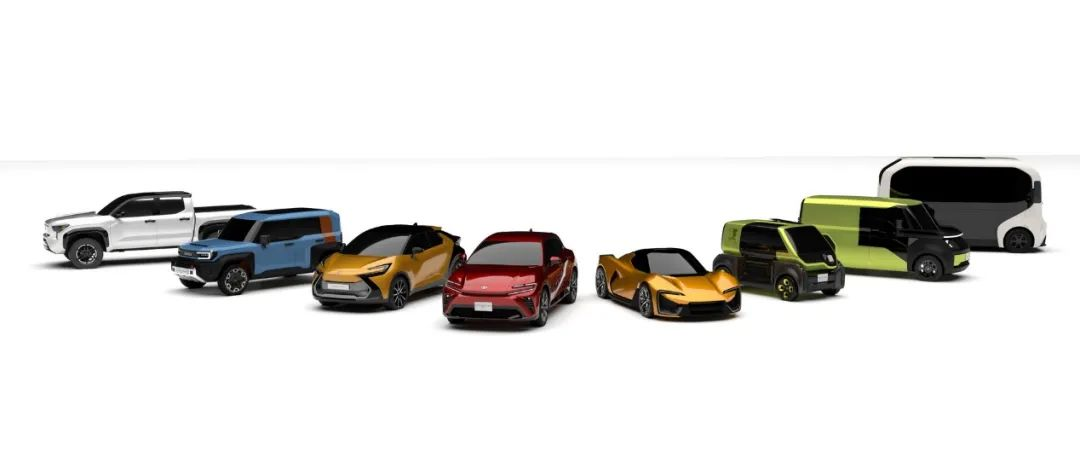
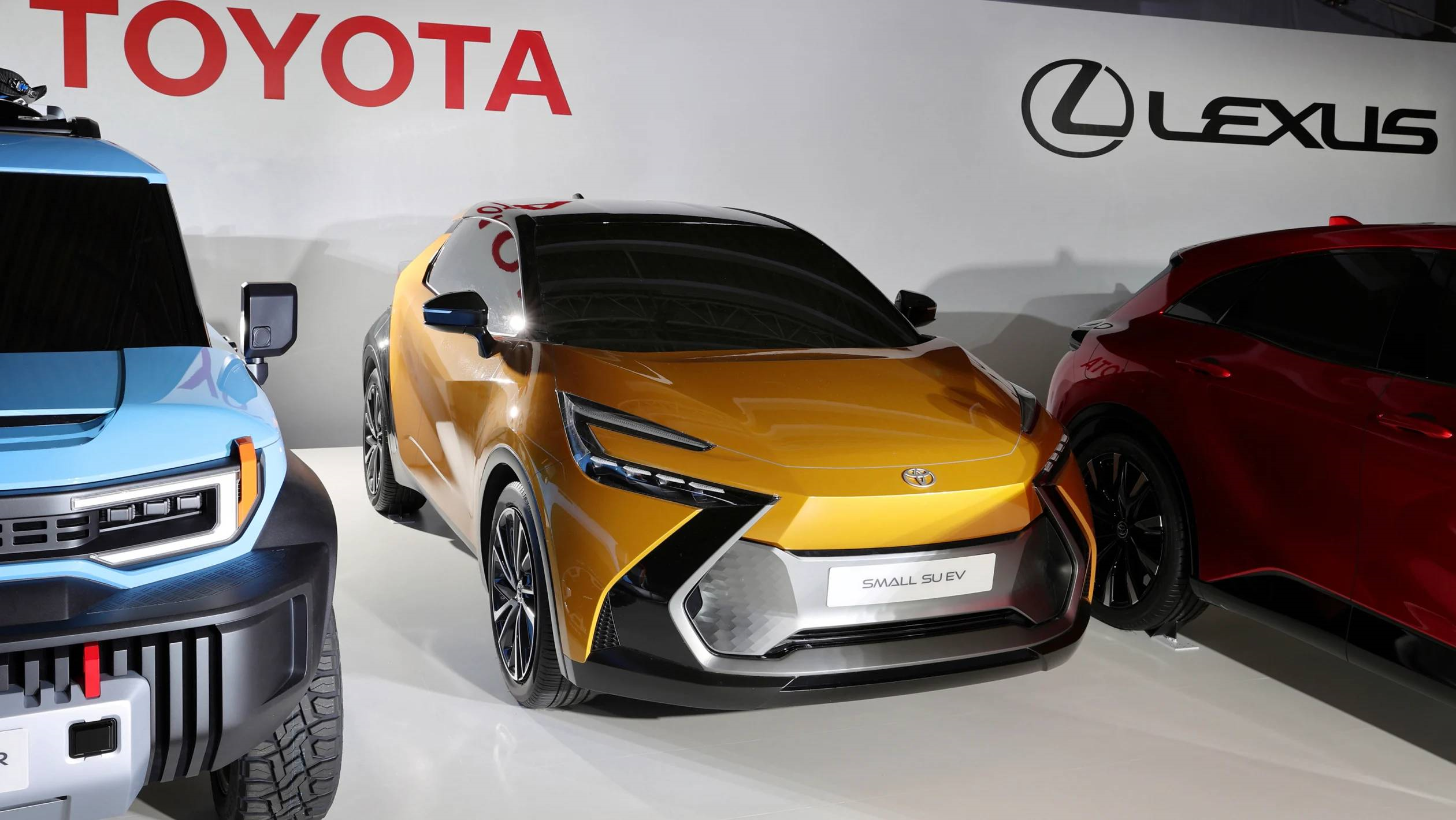
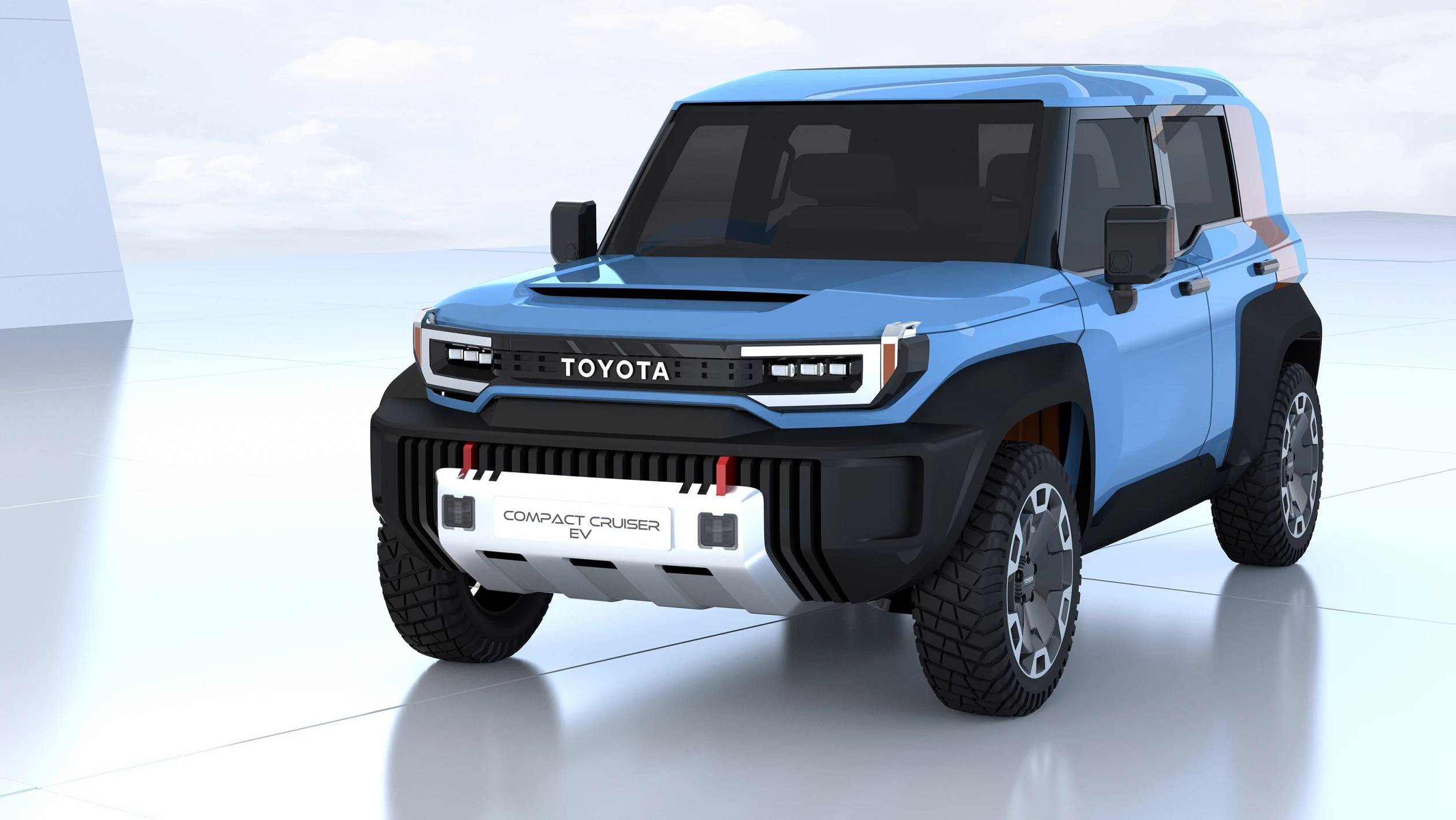
In addition, pure electric pickup trucks, sports cars, compact trucks, and small shuttle buses have also appeared among them.
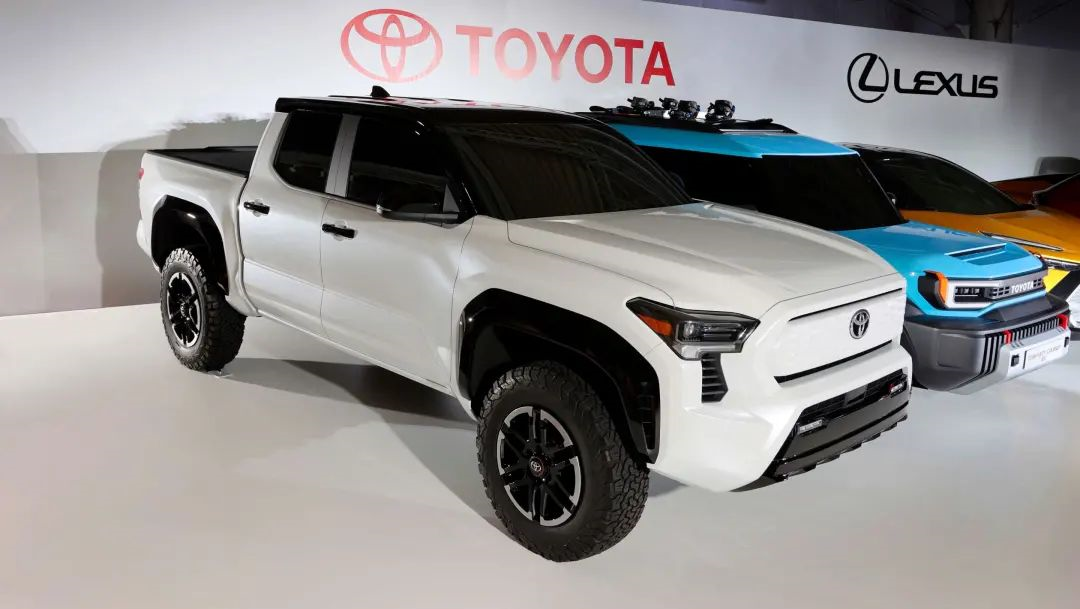
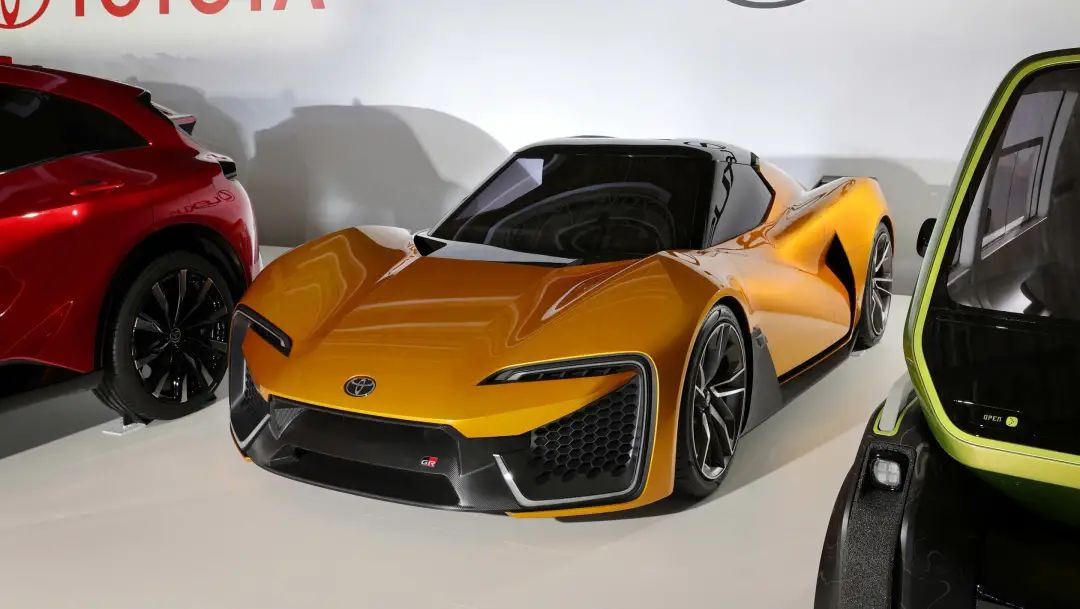
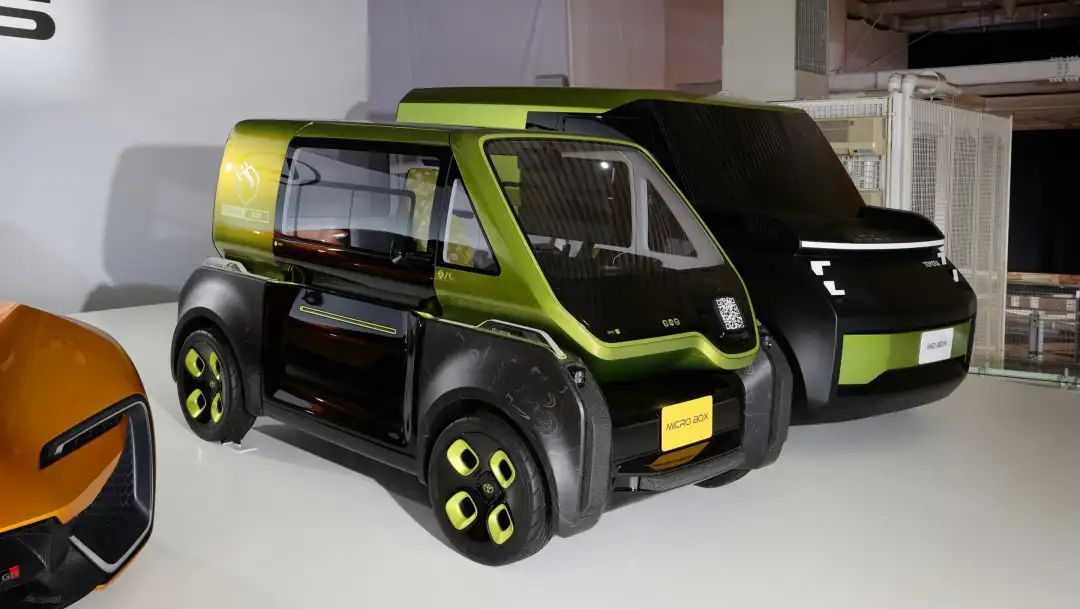
However, one thing to note is that these vehicles are not under Toyota’s pure electric brand bZ series, which means they are likely to be…
Or, to use a more neutral phrase, will they follow the “oil-electric compatible” route?
Finally, let’s explore the long-heated “Toyota’s lagging-behind theory” while we have this opportunity.
Previously, Akio Toyoda, due to repeatedly saying that “electric vehicles will destroy the Japanese automotive industry,” has been interpreted by the media as a “stubborn faction of gasoline vehicle supporters” and “a vanguard against electric vehicles.”
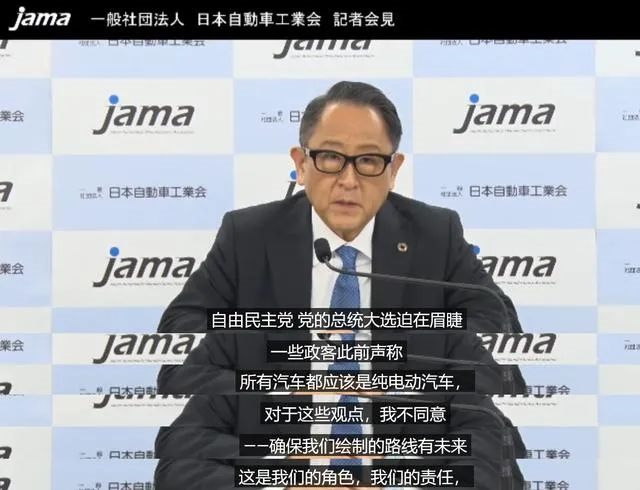
However, while the big boss kept saying “we need to slow down on going electric” in Japan, we also frequently heard news about Toyota investing in solid-state batteries and building battery factories.
This divided attitude has created Toyota’s indecisive external image.
And at today’s press conference, there may be some answers to this reason from Akio Toyoda’s speech: “We need to reduce emissions as much and as quickly as possible” and ultimately achieve “carbon neutrality.”
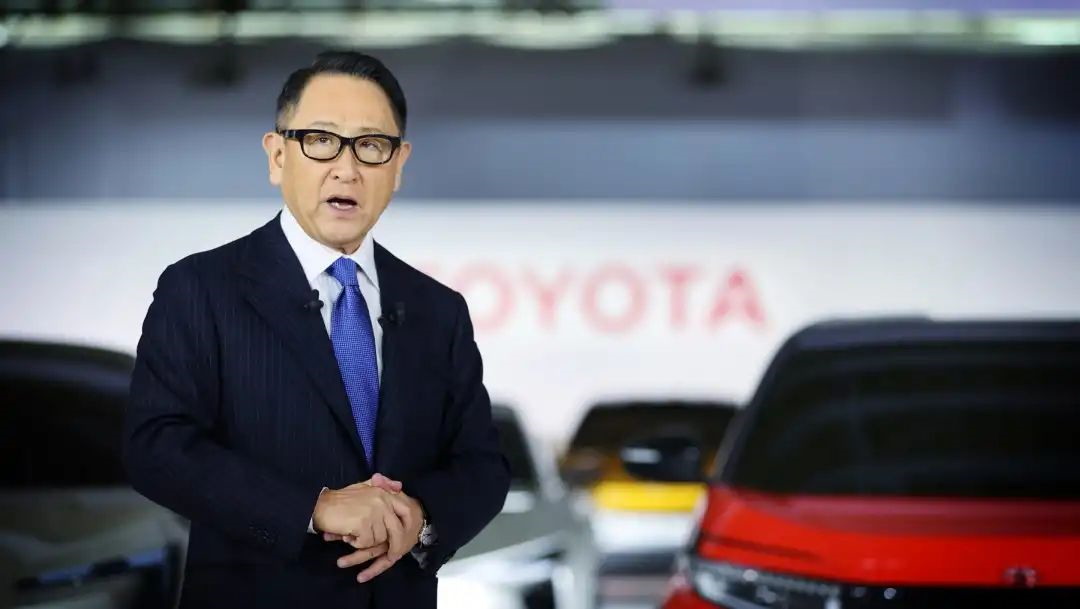
You should know that in the Japanese automakers’ interpretation of “electrification,” it has never only meant pure electric vehicles. Other “energized” models such as traditional hybrids, plug-in hybrids, and fuel cells are all within this category.
The goal of selling 3.5 million units of pure electric vehicles annually worldwide in 2030 appears magnificent, but it only accounts for around one-third of Toyota’s global sales volume. In 2020, the company’s global sales volume was 9.528 million vehicles.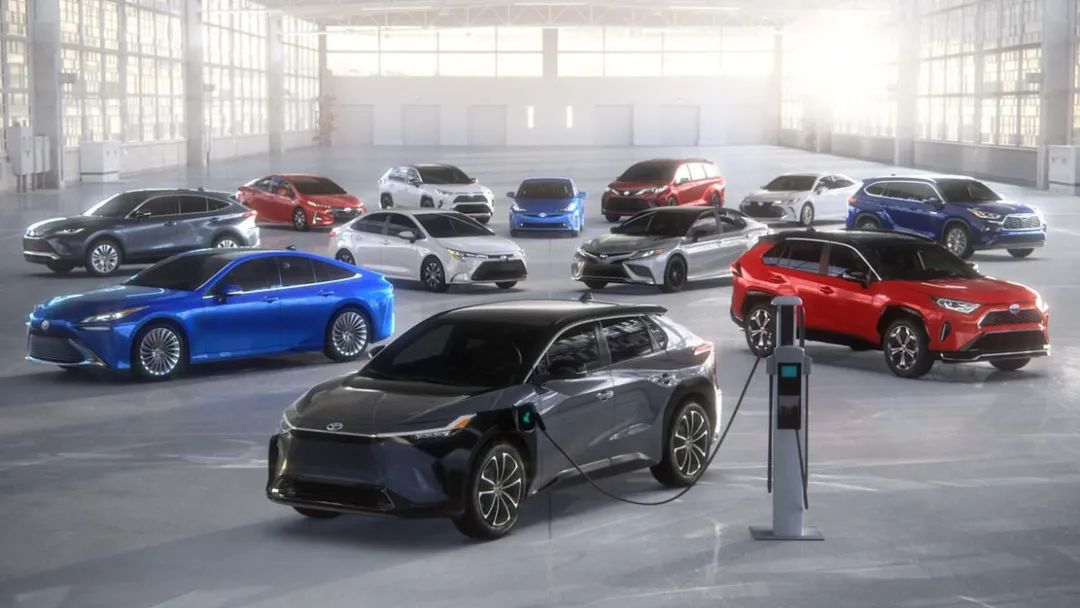
Therefore, Toyota’s understanding of electrification ultimately falls on environmental protection and energy sustainability. The proposal of this electrification strategy is evidently a response to challenges arising in the world’s largest automobile market.
Unfortunately, Toyota’s plan seems to be missing something, in comparison to the transformation strategy of another international behemoth, Volkswagen Group.
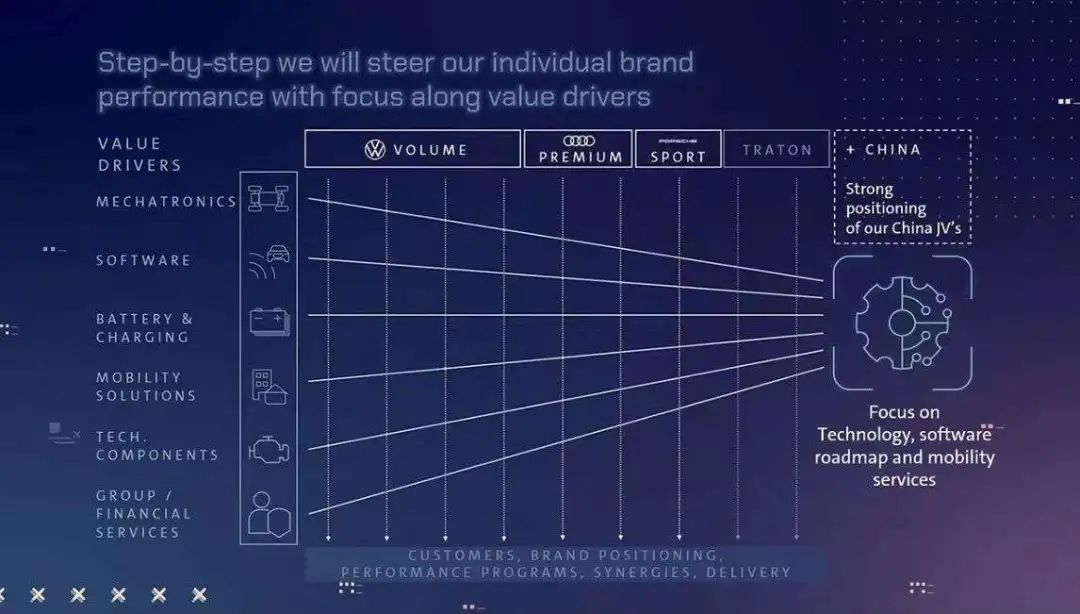
And that missing piece may be the key area of competition in the automotive industry for the future.
This article is a translation by ChatGPT of a Chinese report from 42HOW. If you have any questions about it, please email bd@42how.com.
